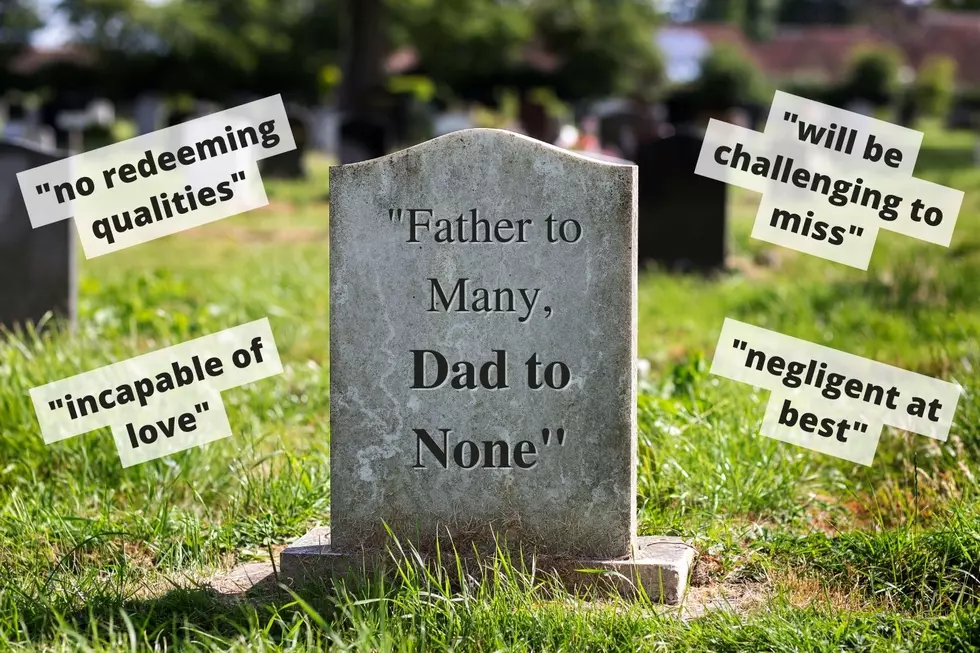
5 Fun Facts About the Summer Solstice
It’s officially summer- all hail the beach towels, bathing suits, and sunscreen! However, there’s more to the Summer Solstice than meets the eye, or well, mind. It’s a change of season but there’s also some weird celebrations and fun facts that go along with the day, from Stonehenge to the sun. Here are a few that I found!
- 1
Stonehenge Celebrations
Apparently, according to Time Magazine, thousands of people gather at Stonehenge each hear in a huge celebration of the Solstice. They gather to watch the sun rise behind the Heel Stone, one of the larger stones at the entrance. It’s even theorized that Stonehenge was built to align with the sun. Sounds beautiful, bizarre, and fun!
- 2
It’s Flip-Flopped in the South
One more fun fact I found at Time Magazine! The Solstice is flip-flopped in the Southern Hemisphere. So below the Equator, June 21st is actually the shortest day of the year. Their summer solstice really happens in December, when we’re kicking off winter.
- 3
Countdown to the Olympics!
As some Ancient Greek calendars note, the Summer Solstice used to be the one month marker before the Olympics! According to History.com, when the Summer Solstice hit, it meant one month until the Olympic Opening Ceremonies. Now, we all get excited about summertime and the Olympic Games in 2018, but I’m pretty sure back then in Ancient Greece the Olympics were a lot more brutal, so maybe this was a little less exciting for a select few...
- 4
The Name Has Meaning!
Okay, so what does ‘solstice’ actually mean and why don’t we just all stick to “it’s the first day of Summer”? Well, the Solstice is all about the sun, and the name has meaning! According to the Farmers Almanac, the workd ‘solstice’ comes from the Latin word ‘sol’ meaning sun, and ‘sistere’ meaning to stand still. And during the actual Solstice, the suns rays do appear to stand still. Fascinating!
- 5
It’s Magic
I searched around and found a whole lot of magic tied to the Summer Solstice. From Pagan celebrations to Ancient Romans to Vikings, the solstice was celebrated as a powerful time all around. History.com has a great breakdown of the different groups and celebrations but here’s a few things I pulled out from my research:
- The Solstice was seen as a powerful time to ward off evil spirits and such. Bonfires came in to play with this, helping to banish demons.
- Ancient Romans celebrated Vestalia and their god Vesta, Goddess of the Hearth.
- There are a whole lot of Wiccan rituals for the Solstice, a time also known as “Litha”
More From Q 105.7









